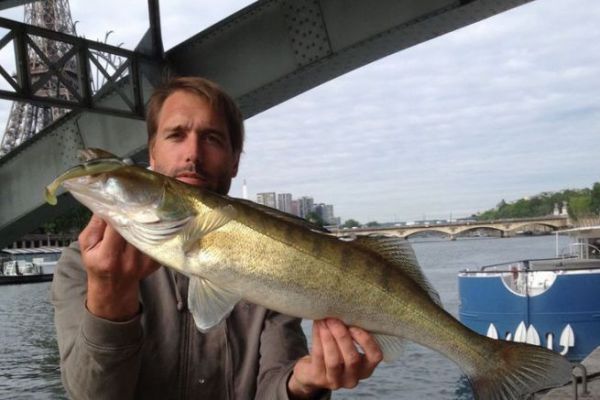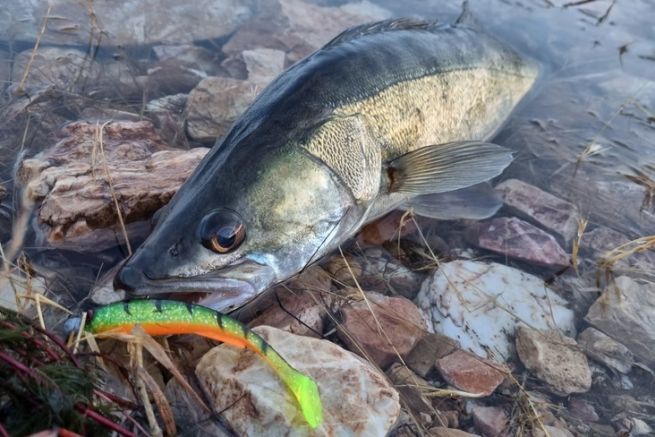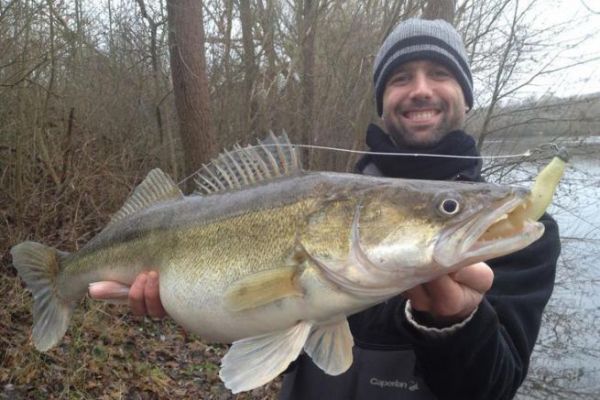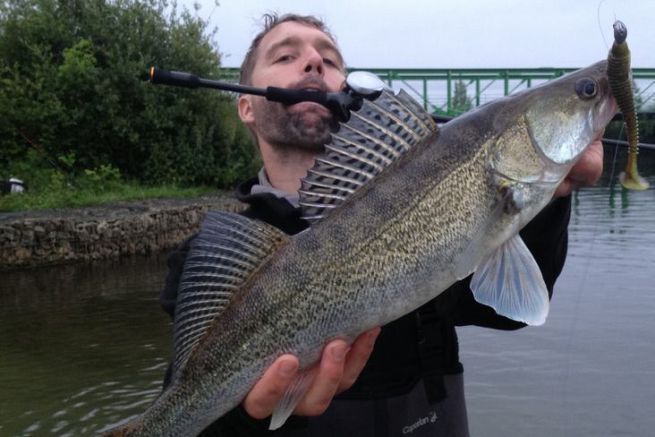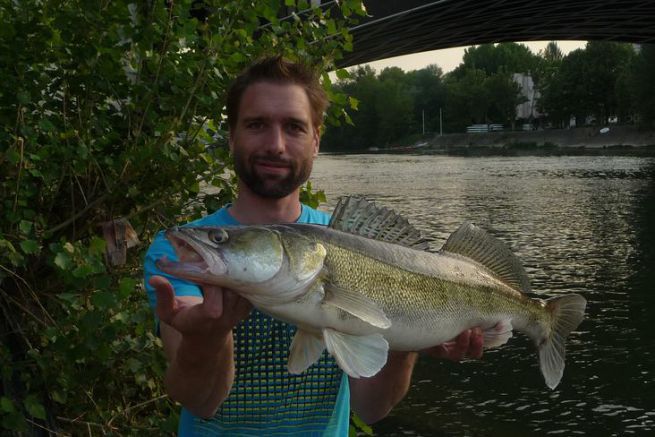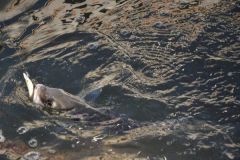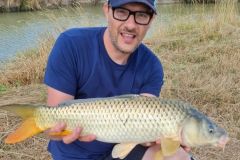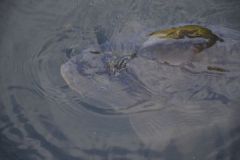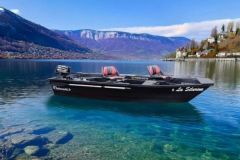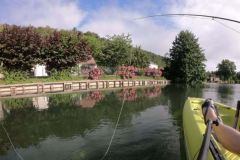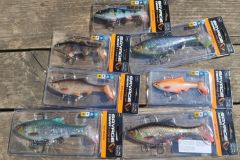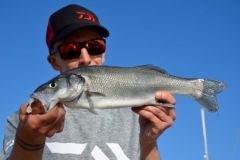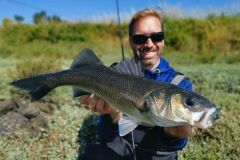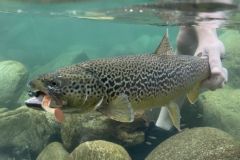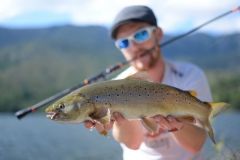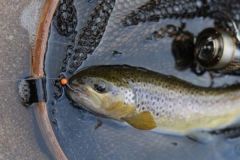While food supply is obviously essential in the search for predators, the light, oxygen and structure of the spots are essential and must guide your search. The pike-perch is a particularly demanding fish, so you'll need to adapt constantly during the season and your outing.
Spotlights
With this in mind, pike-perch fishing spots can be very varied. Light levels, oxygen concentration and forage behaviour will vary according to the season and time of day.
You can then focus your search on the following areas:
- Beaches
- Depreciation
- A water inlet or dock inlet
- An island tip creating the confluence of two currents
- Downstream of a dam
- Dead trees and vertical structures such as bridge piers and sheet piling are also excellent
- Areas of strong currents offering shelter such as breaks, pools or obstacles are typical spots, provided they are associated with a particular relief and a supply of food.
Reading the water is essential for guessing changes in depth. A smooth, regular current is synonymous with a clean, flat bottom.
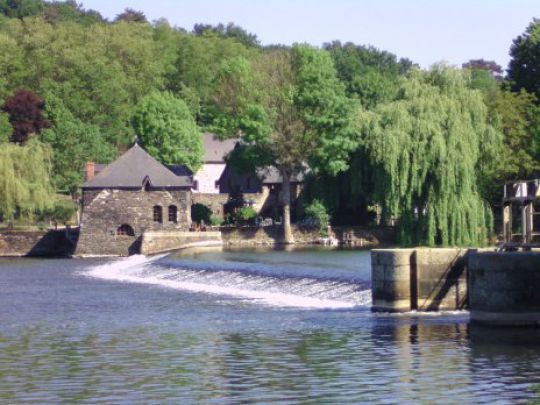
The validity of spots
I would like to draw your attention to one point: to be validated, a spot must be tested and retested in a large number of different conditions: the season, the time of day, the water level... Some spots are excellent at one moment and deserted at another. You can go from an extraordinary catch to a flop within 30 minutes. Sometimes the pike-perch are just a few meters off course. So don't jump to conclusions about the value of the spots you're after.
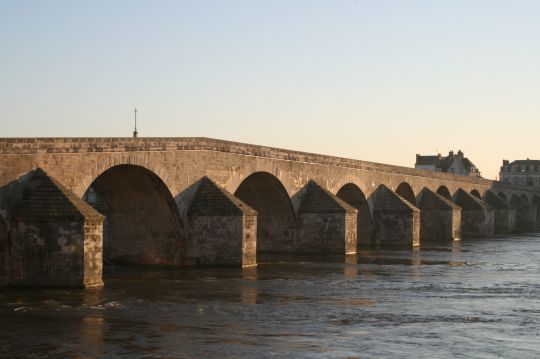
Seasonality
- Pike-perch fishing begins in earnest in mid-June before that, he's on his nest defending his eggs and is therefore very vulnerable. For ethical reasons, it is important to leave it alone at this time.
- Summertime the combination of bright light and heat often makes fishing difficult, so you'll have to look for the most oxygenated and/or deepest spots, and above all favour the ends of the day.
- Autumn is the turning point. Fishing remains the same as in summer until the first rains come and temperatures drop. Then activity will become much more regular and the pike-perch will move closer to the edges in shallower water as the water tints and cools.
- Winter is the best time to catch trophy fish. Not only do they need to fatten up and feed a lot more, but above all it's flood time. So you'll need to look for them in all places sheltered from the current, even if there's only a metre of water and it's a small eddy stuck to the bank. Slow fishing is often required to make up your mind, but you can get a fish over 80 cm in your feet.
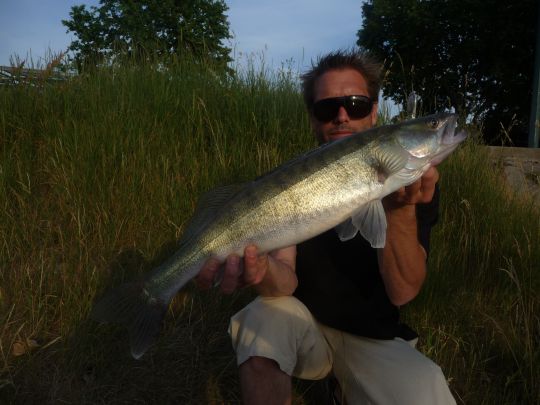

 /
/ 